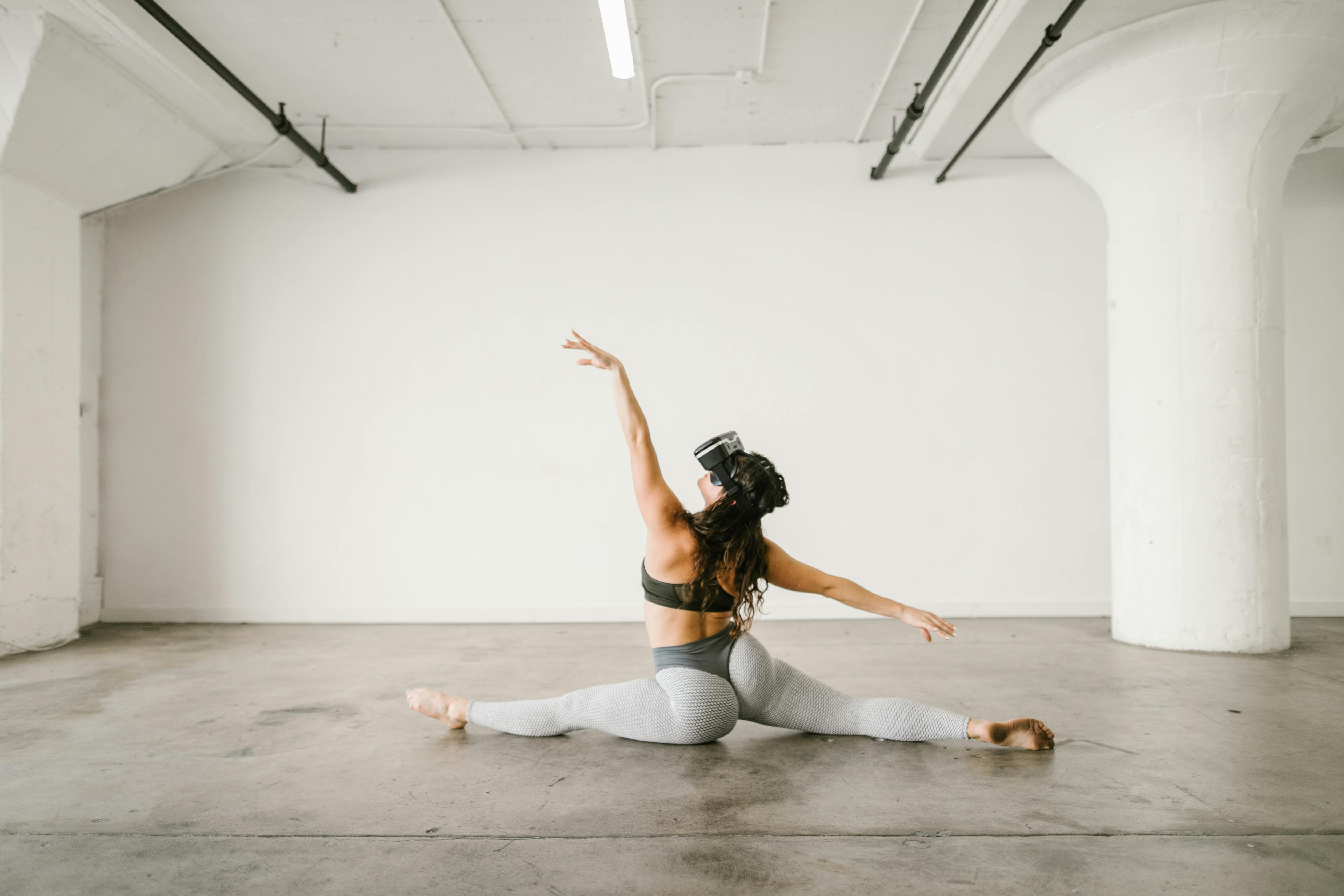Pushing Boundaries: The Rising Influence of Virtual Reality in Modern Theatre
In an era where technology is evolving at a breakneck speed, the realm of theatre is undergoing a major transformation. Virtual Reality (VR), once a futuristic concept, has now become a game-changer in the world of performing arts. This article will explore the integration of VR into theatre, its impact, and the potential future this technology holds for the performing arts.

Breathing Life into the Ancient Art Form
For centuries, theatre has been a medium for storytelling, offering a unique way to engage audiences and provoke thought. The traditional theatre relied heavily on physical sets, costumes, and performances to convey stories. However, with the advent of VR technology, the performing arts have been given a new avenue to explore, adding a fresh dimension to storytelling and audience experience.
The Onset of a Technological Revolution in Theatre
In the last decade, VR technology has started to make its mark on the performing arts scene. Pioneering companies like ‘The Imaginarium Studios’ have been experimenting with VR to create immersive theatrical experiences where the audience can interact with the story in a way never before possible. The use of VR in theatre is still in its infancy, but the potential for innovative storytelling and audience engagement is enormous.
The Present Scenario: VR in Theatre Today
While the integration of VR into theatre is still a developing trend, several productions have already begun to demonstrate its potential. For instance, the National Theatre’s production of ‘Draw Me Close’ used VR to create an immersive and interactive experience for audiences. Similarly, productions like ‘Frogman’ and ‘Ugly Lies the Bone’ have also pushed the boundaries of traditional theatre by incorporating VR technology.
The Impact and Significance of Virtual Reality in Theatre
The introduction of VR into theatre has transformed the way stories are told and experienced. It provides a level of immersion and interactivity that traditional theatre can’t match. Audiences can now be part of the story, exploring the virtual world and interacting with characters. This enhances the emotional connection between the audience and the narrative, creating a truly immersive theatrical experience.
Looking Ahead: The Future of VR in Theatre
As technology continues to evolve, the potential for VR in theatre is limitless. Future productions could incorporate more advanced VR techniques, such as haptic feedback, to create even more immersive experiences. There’s potential for global collaborations, with actors and audiences from different parts of the world participating in the same production through VR. The fusion of VR and theatre could revolutionize the performing arts, pushing the boundaries of what’s possible in storytelling.
The integration of VR into theatre is a testament to the ever-evolving nature of the performing arts. As technology advances, so too does the potential for innovative and immersive storytelling. The marriage of VR and theatre is just the beginning of a new era in performing arts, promising exciting developments for creators and audiences alike.





